Best Skywatching Events of September 2014: Night Sky Maps (Gallery)
First Quarter Moon, September 2014
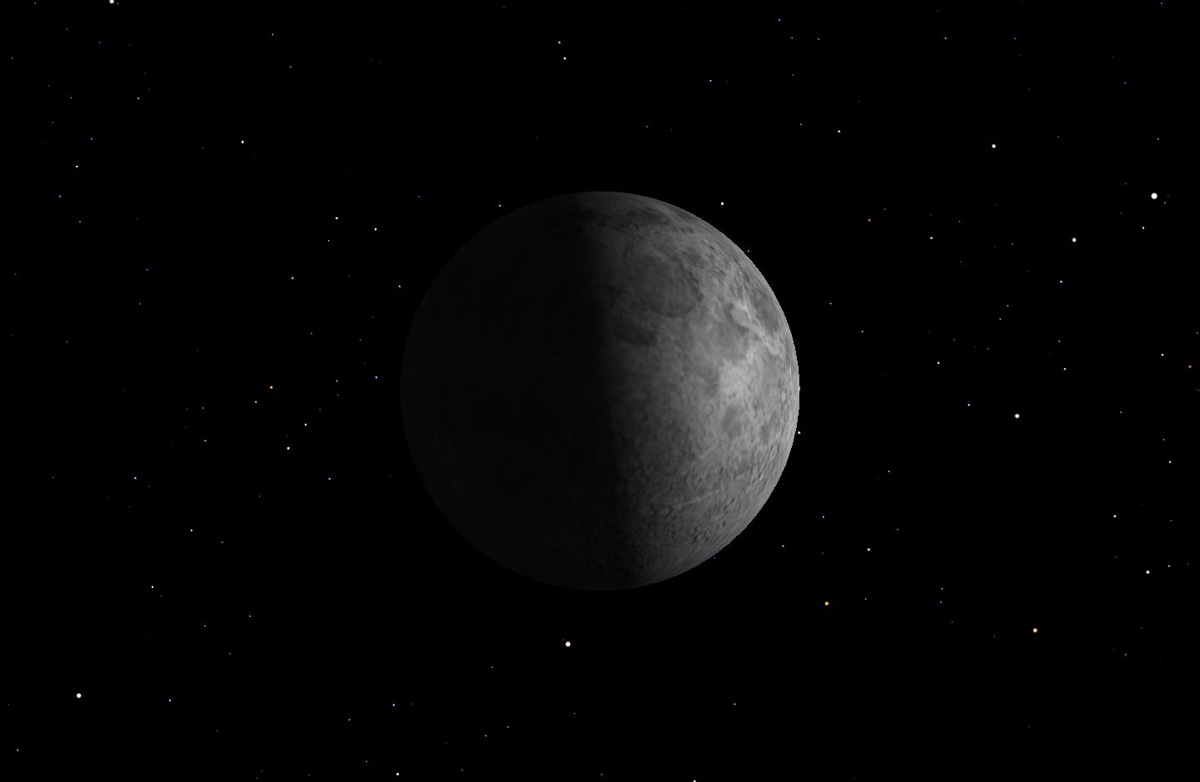
Tuesday, Sept. 2, 7:11 a.m. EDT. The First Quarter Moon rises around 2:30 p.m. and sets around 12:30 a.m. It dominates the evening sky.
Full Moon, September 2014
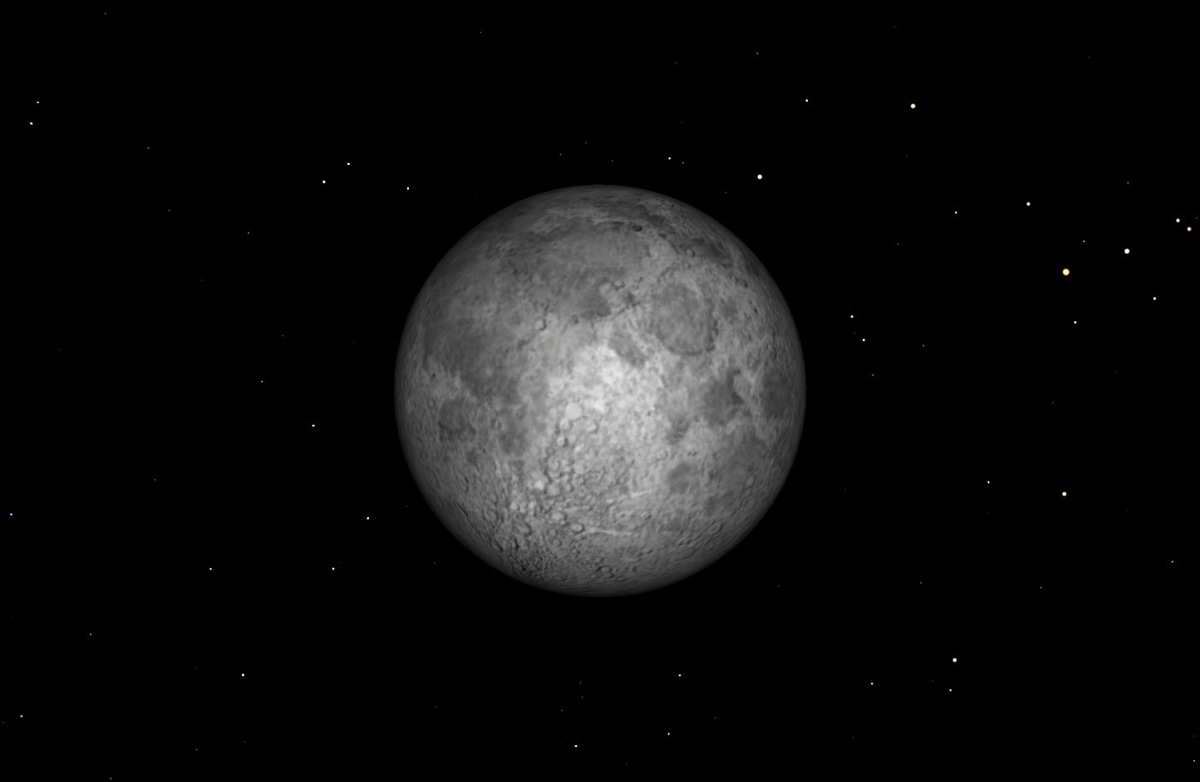
Monday, Sept. 8, 9:38 p.m. EDT. The Full Moon of September is known as the Harvest Moon because it is the Full Moon closest to the autumn equinox on September 22; it is also sometimes known as the Full Corn Moon. It rises around sunset and sets around sunrise; this is the only night in the month when the moon is in the sky all night long. The rest of the month, the moon spends at least some time in the daytime sky.
Last Quarter Moon, September 2014
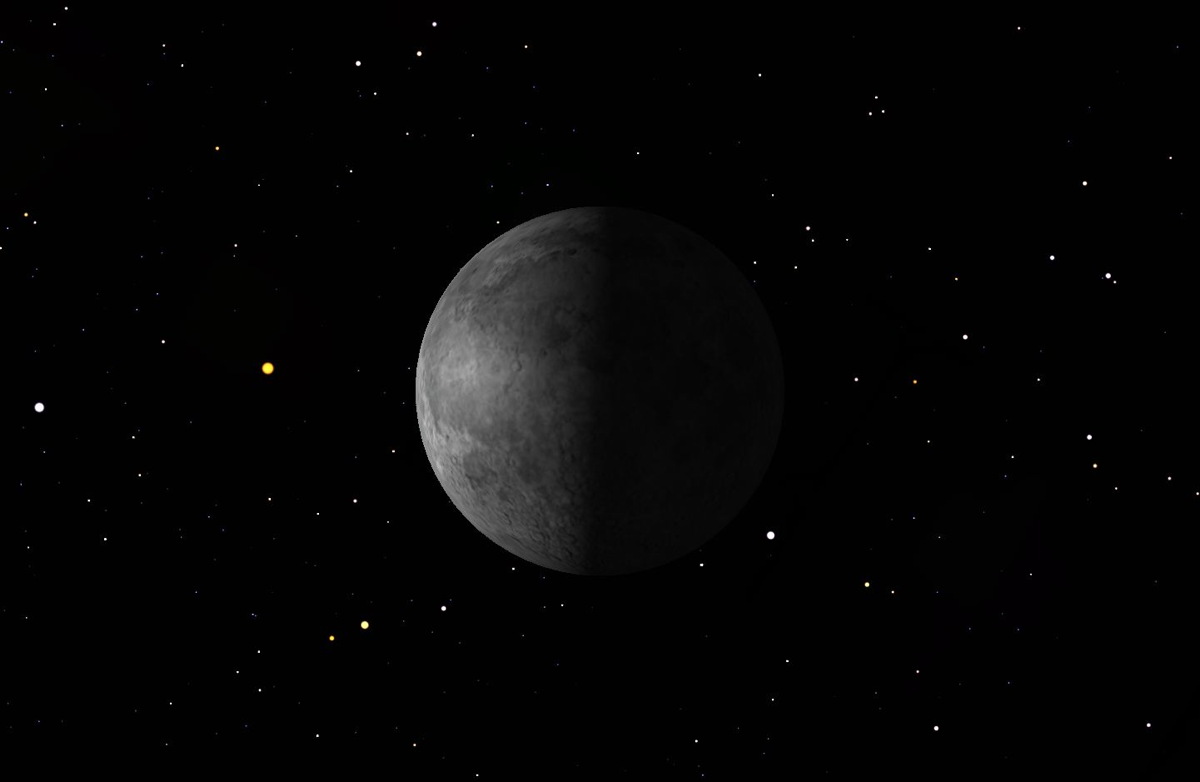
Monday, Sept. 15, 10:05 p.m. EDT. The Last Quarter Moon rises around midnight and sets around 3 p.m. It is most easily seen just after sunrise in the southern sky.
New Moon, September 2014
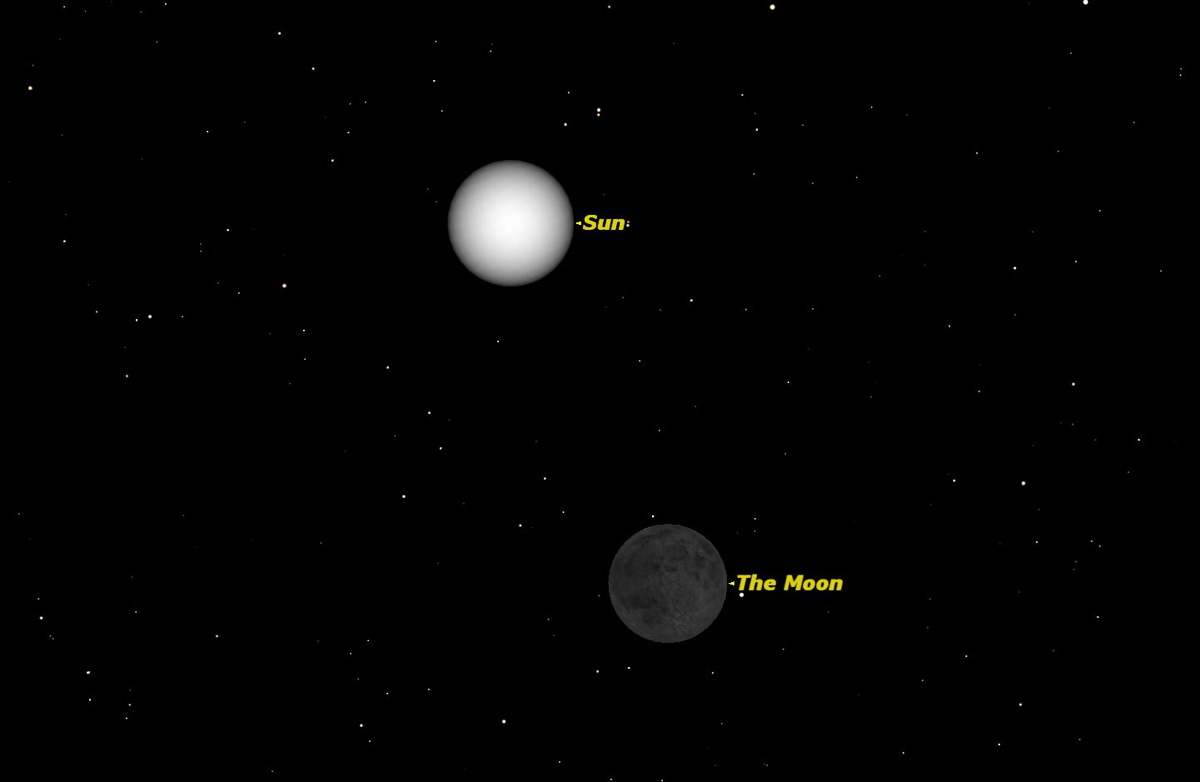
Wednesday, Sept. 24, 2:14 a.m. EDT. The moon is not visible on the date of New Moon because it is too close to the sun, but can be seen low in the East as a narrow crescent a morning or two before, just before sunrise. It is visible low in the West an evening or two after New Moon.
Aldebaran and the Moon, September 2014
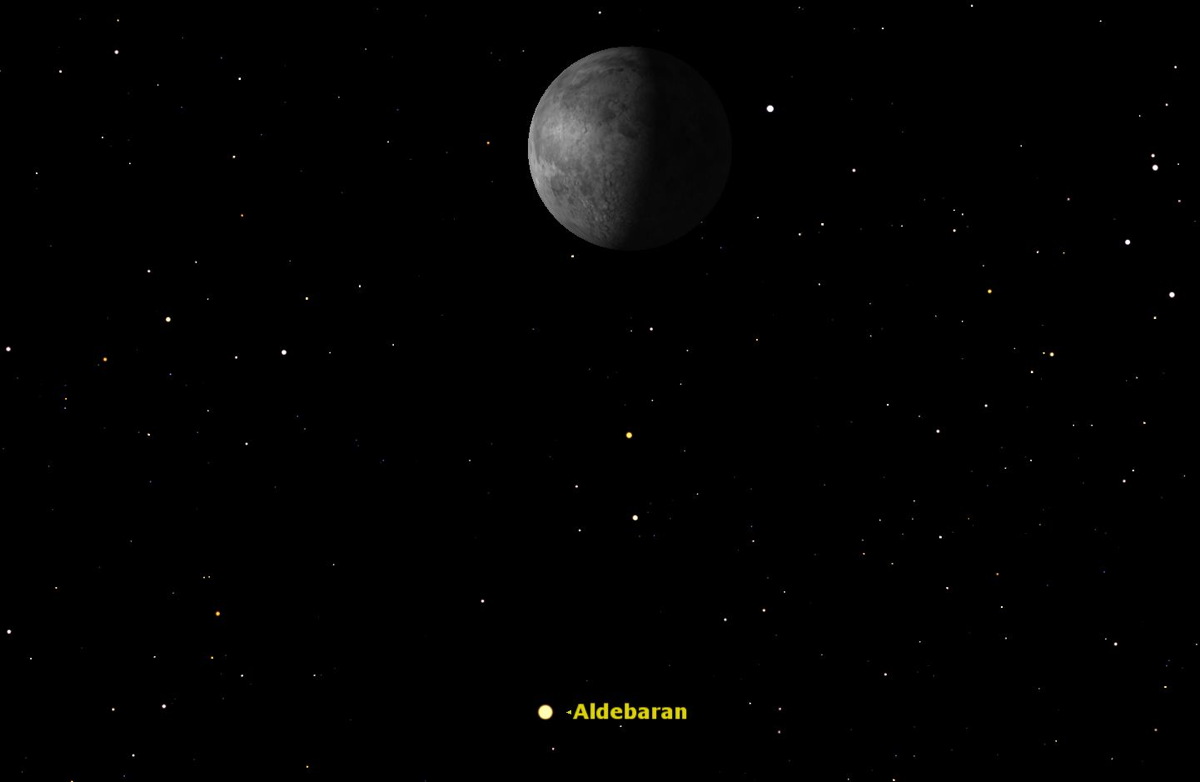
Sunday, Sept. 14, after midnight. The waning last quarter moon will pass just north of the bright star Aldebaran in the constellation Taurus.
Mercury Close to Spica, September 2014
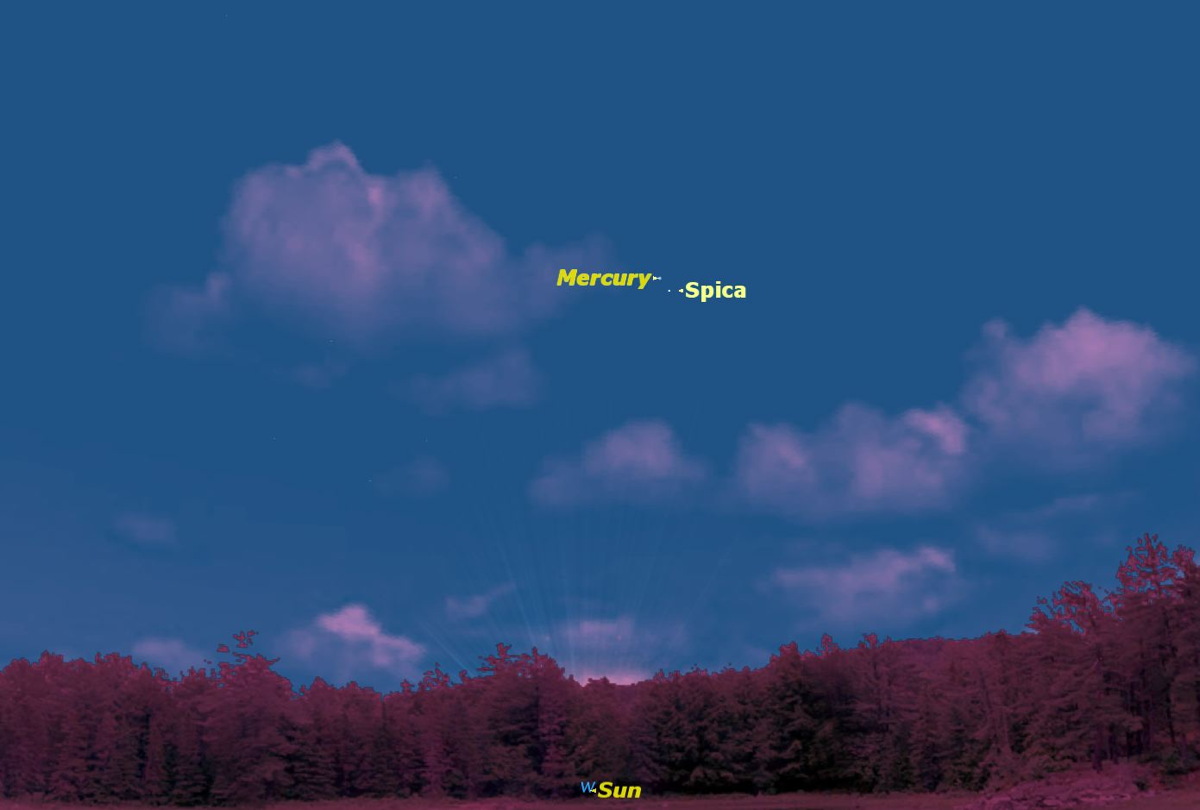
Sunday, Sept. 21, early evening. The planet Mercury will pass close to the bright star Spica in Virgo. This is a particularly good apparition of Mercury for observers in the Southern Hemisphere, less so for northerners.
Equinox, September 2014
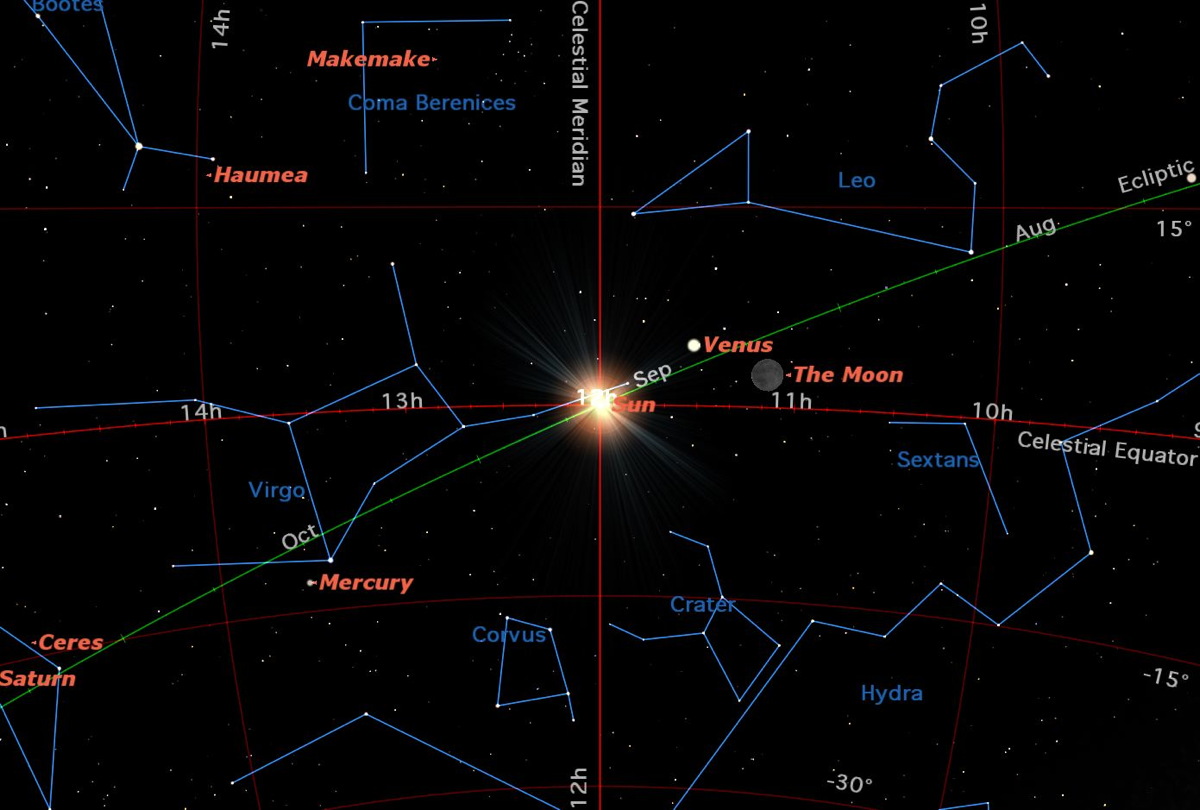
Monday, Sept. 22, 10:29 p.m. EDT. The sun crosses the celestial equator moving southward. Day and night are of equal length. The sun rises due east and sets due west everywhere on Earth. This is the autumnal equinox in the Northern Hemisphere, the vernal equinox (Spring) in the Southern Hemisphere.
Get the Space.com Newsletter
Breaking space news, the latest updates on rocket launches, skywatching events and more!
Uranus and the Moon, September 2014
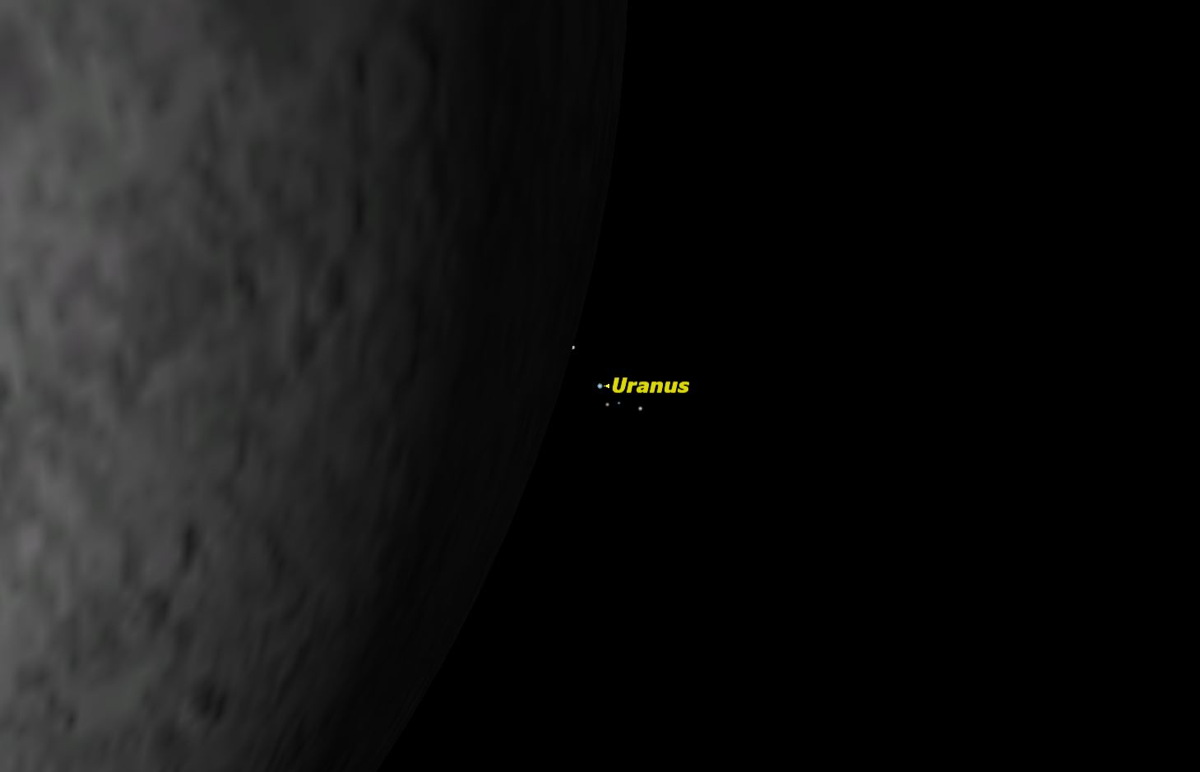
Wednesday, Sept. 10, 10 p.m. EDT. The waning gibbous moon passes just north of Uranus in the constellation Pisces. The moon will occult Uranus as seen from eastern Canada, Greenland, and northern Siberia. Seen here from Halifax, Nova Scotia.
Ceres and the Moon, September 2014
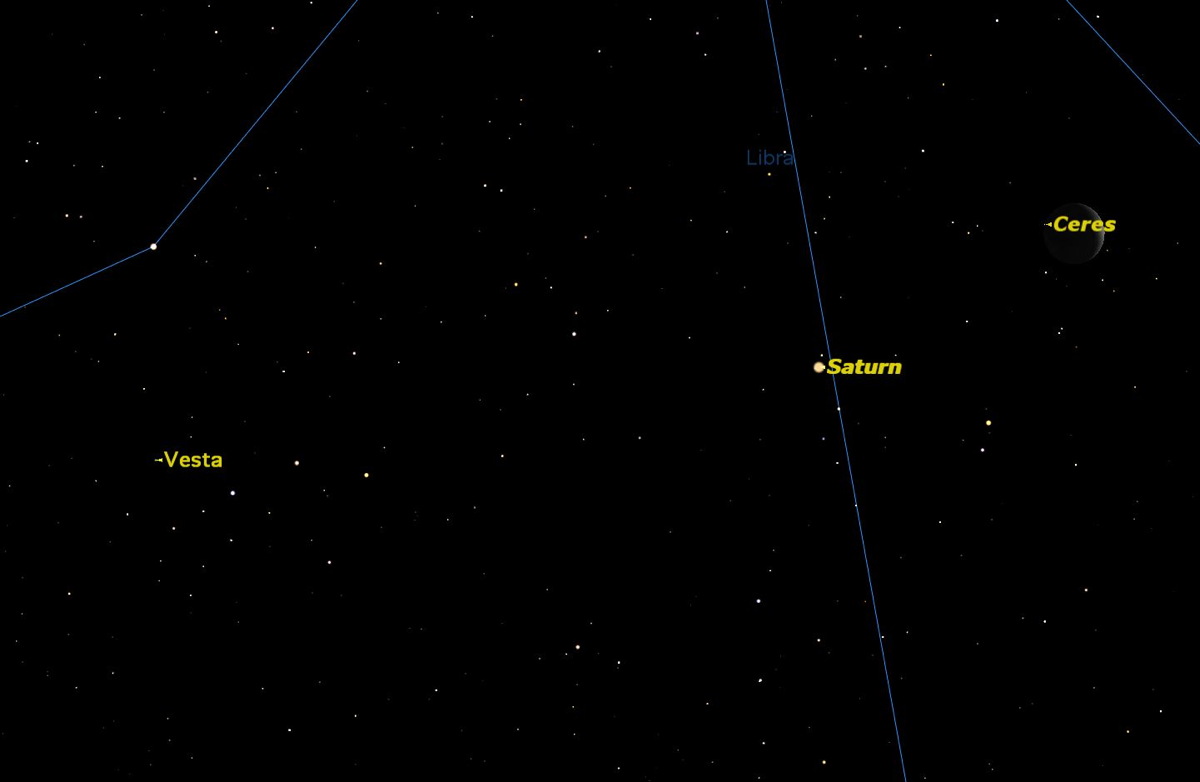
Saturday, Sept. 27, 9 p.m. EDT. The moon passes just south of the dwarf planet Ceres in the constellation Libra.
Saturn and the Moon, September 2014
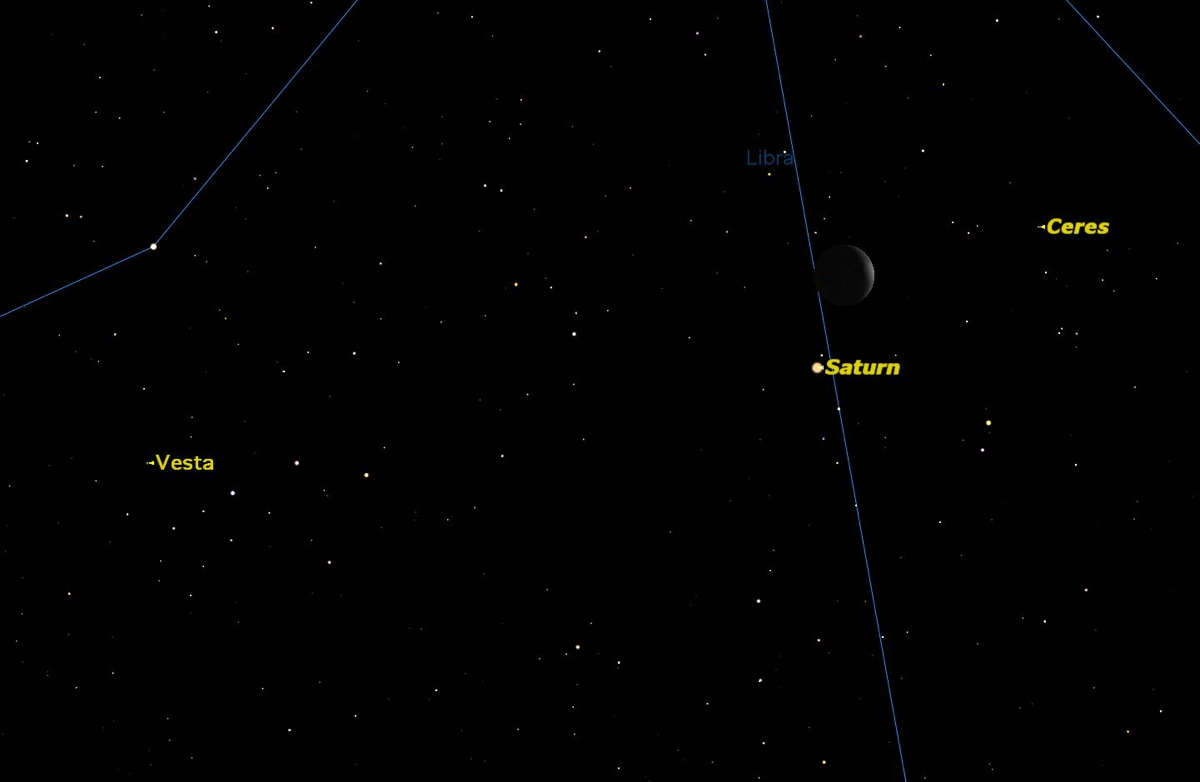
Sunday, Sept. 28, midnight EDT. The moon passes just north of the Saturn in the constellation Libra.
Vesta and the Moon, September 2014
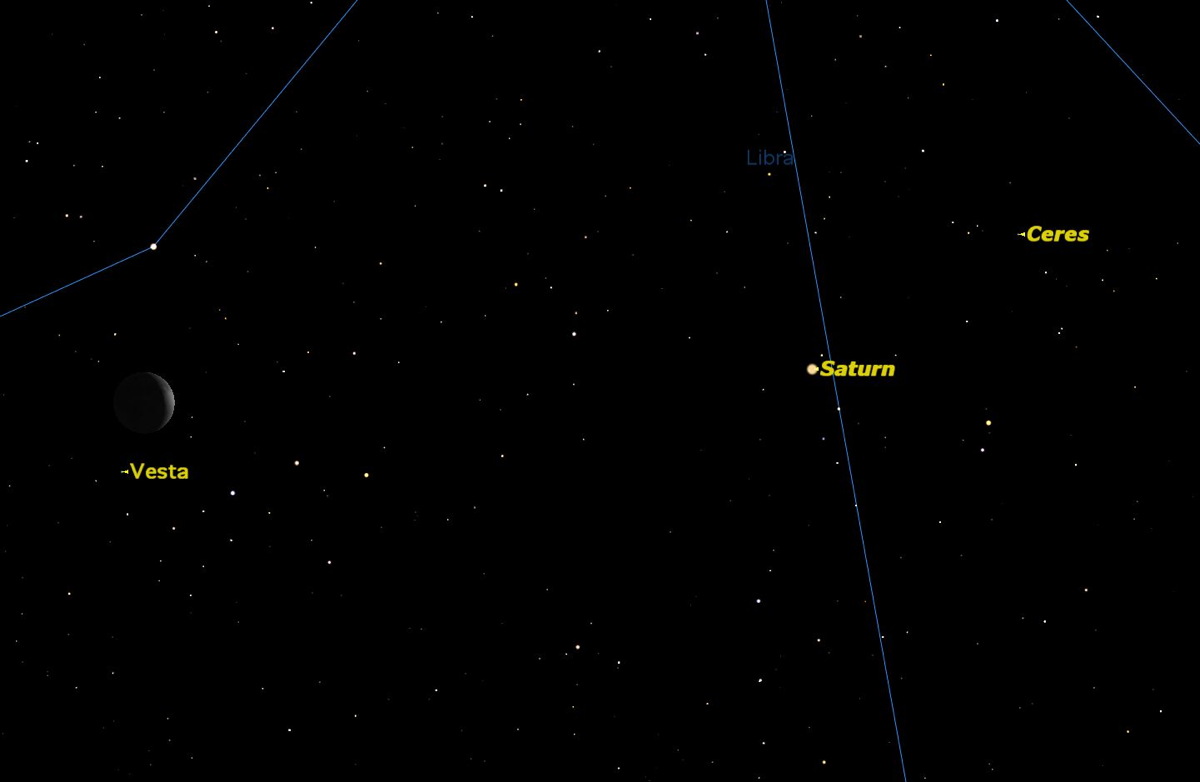
Sunday, Sept. 28, 11 a.m. EDT. The moon passes just south of the asteroid Vesta in the constellation Libra.
Join our Space Forums to keep talking space on the latest missions, night sky and more! And if you have a news tip, correction or comment, let us know at: community@space.com.

Geoff Gaherty was Space.com's Night Sky columnist and in partnership with Starry Night software and a dedicated amateur astronomer who sought to share the wonders of the night sky with the world. Based in Canada, Geoff studied mathematics and physics at McGill University and earned a Ph.D. in anthropology from the University of Toronto, all while pursuing a passion for the night sky and serving as an astronomy communicator. He credited a partial solar eclipse observed in 1946 (at age 5) and his 1957 sighting of the Comet Arend-Roland as a teenager for sparking his interest in amateur astronomy. In 2008, Geoff won the Chant Medal from the Royal Astronomical Society of Canada, an award given to a Canadian amateur astronomer in recognition of their lifetime achievements. Sadly, Geoff passed away July 7, 2016 due to complications from a kidney transplant, but his legacy continues at Starry Night.









